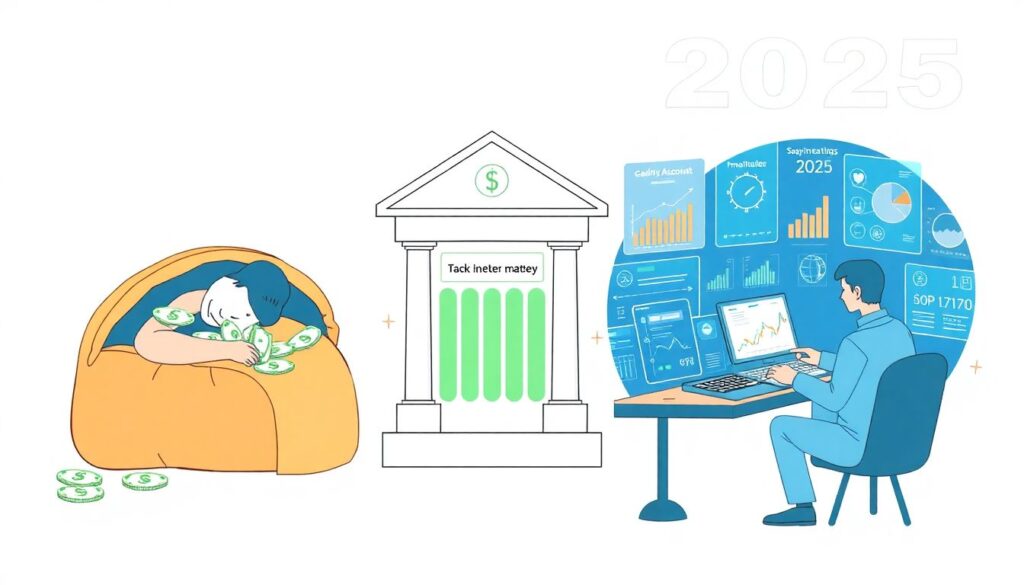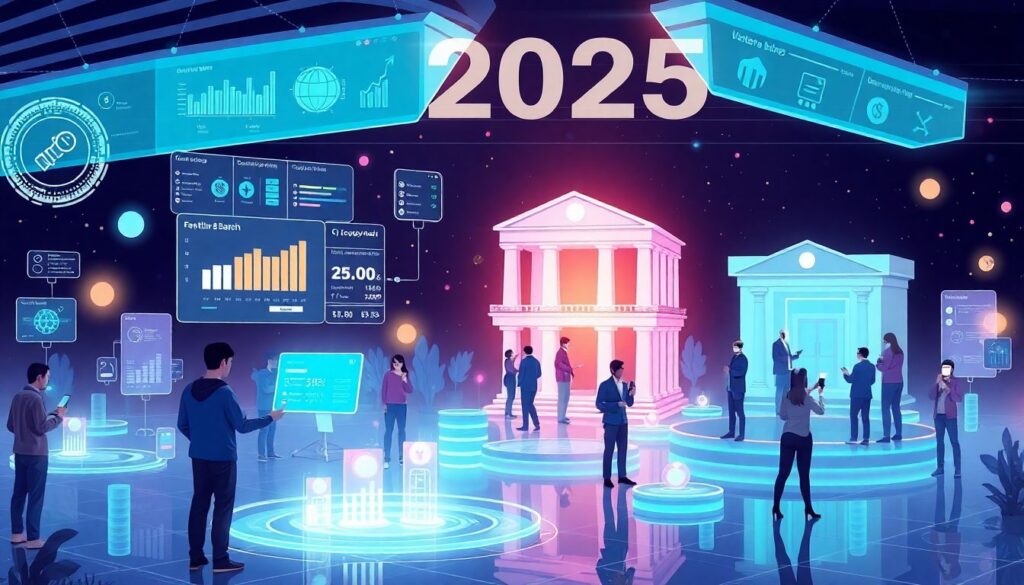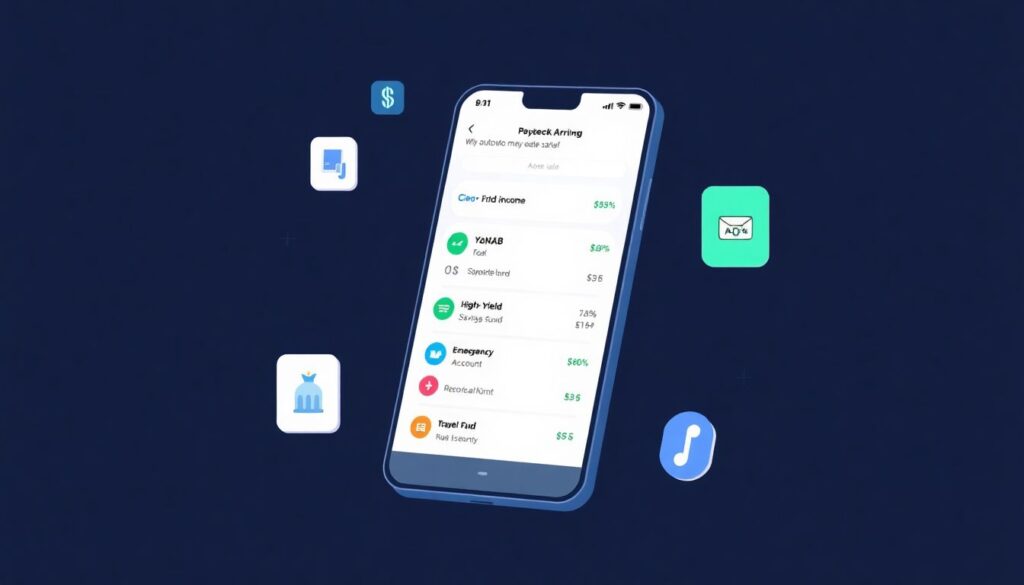Why Saving Money in 2025 Is Smarter Than Ever

Saving used to be about stuffing cash under your mattress or letting your bank account collect a few cents in interest. Fast forward to 2025 — things have changed. A lot. Today, saving money isn’t just about putting funds aside; it’s about making strategic choices in a world where financial tools are smarter, faster, and more adaptive than ever before.
In this article, we’ll break down modern saving habits, explore the tech that’s reshaping financial planning, and give you real-world advice on how to build savings that actually work for you.
What’s Changed: The New Landscape of Saving

Let’s be clear: traditional savings accounts still exist, but they’re far from the only (or most effective) option now. In 2025, people are saving differently — and more efficiently — thanks to the rise of:
– AI-powered budgeting tools
– Digital-first banks with higher interest rates
– Micro-investing platforms
– Flexible savings automations
– Real-time spending data
These tools help users not only track their money but also predict future expenses, identify wasteful patterns, and automate smart saving decisions without even thinking.
Savings Are No Longer One-Size-Fits-All
The old advice — “save 10% of your income” — is outdated. Today’s economy is dynamic, and so are people’s lifestyles. Gig workers, digital nomads, and hybrid employees all need tailored approaches to saving. And the good news? Modern financial apps can now adjust to your income fluctuations and offer real-time suggestions.
Practical Saving Tips for 2025
Saving isn’t just about setting money aside anymore — it’s about building a system that works for your specific goals and life rhythm. Here’s how to start:
1. Automate Everything You Can

Set up automatic transfers the moment your paycheck arrives. Whether it’s to a high-yield savings account or an investment fund, automation removes the friction of willpower.
– Use smart apps like Cleo, YNAB, or Revolut to auto-categorize and reroute funds
– Set different goals: emergency fund, travel, retirement, etc.
– Adjust the amount based on your monthly earnings — many apps do this for you now
2. Use Savings Challenges to Stay Engaged
Saving can feel boring. That’s why gamification works. Apps now offer weekly or monthly challenges where you can “level up” by saving more.
– Try the “No-Spend Weekend” challenge
– Save every $5 bill you get
– Round up purchases to the nearest dollar and stash the rest
It may sound small, but it adds up fast.
3. Rethink Where You Park Your Money
In 2025, your money should be working as hard as you do. Standard savings accounts barely beat inflation. Instead, consider:
– High-yield digital savings accounts (up to 5–6% APY)
– Low-risk ETFs for medium-term goals
– Certificates of deposit with flexible withdrawal options
These not only preserve your capital but help it grow — passively.
The Psychology of Saving: Why It’s Not Just About Numbers
Let’s not ignore the mental side of all this. Saving is emotional. It’s about security, freedom, and peace of mind. But in the age of instant gratification, it’s also harder than ever. The key? Make saving feel *rewarding*.
– Visualize your goals using progress trackers
– Celebrate small wins (like reaching your first $1,000)
– Talk about money openly — building a supportive environment helps
Remember, consistency beats intensity. It’s better to save $100 every month than $1,000 once and never again.
Current Trends in 2025 You Should Pay Attention To
If you want to stay ahead, it’s worth keeping an eye on the bigger picture. Here are some saving trends making waves this year:
– Green savings accounts: These invest your money in sustainable projects
– AI financial advisors: Chatbots that give tailored tips 24/7
– Crypto-savings: Stablecoins with interest-bearing options (be cautious, though)
– Hyper-personalized alerts: Notifications when you’re likely to overspend based on past behavior
Financial literacy is now deeply intertwined with tech awareness. The more you learn, the more your money can work for you.
Final Thoughts: Saving in 2025 Is a Lifestyle, Not a Chore
Gone are the days when saving was about discipline alone. Today, it’s about using the right mix of tools, habits, and psychology to set yourself up — not just for a rainy day, but for a life of options.
Saving in 2025 is fluid, tech-driven, and deeply personal. Whether you’re a student, freelancer, or nine-to-five professional, the tools are out there. All that’s left is to use them wisely.

